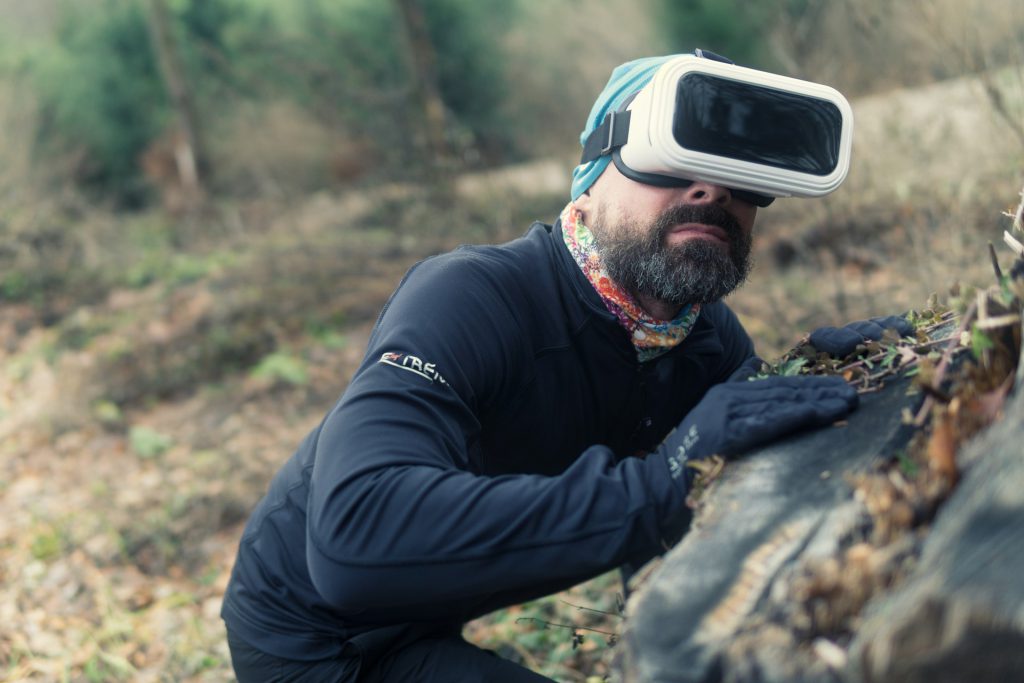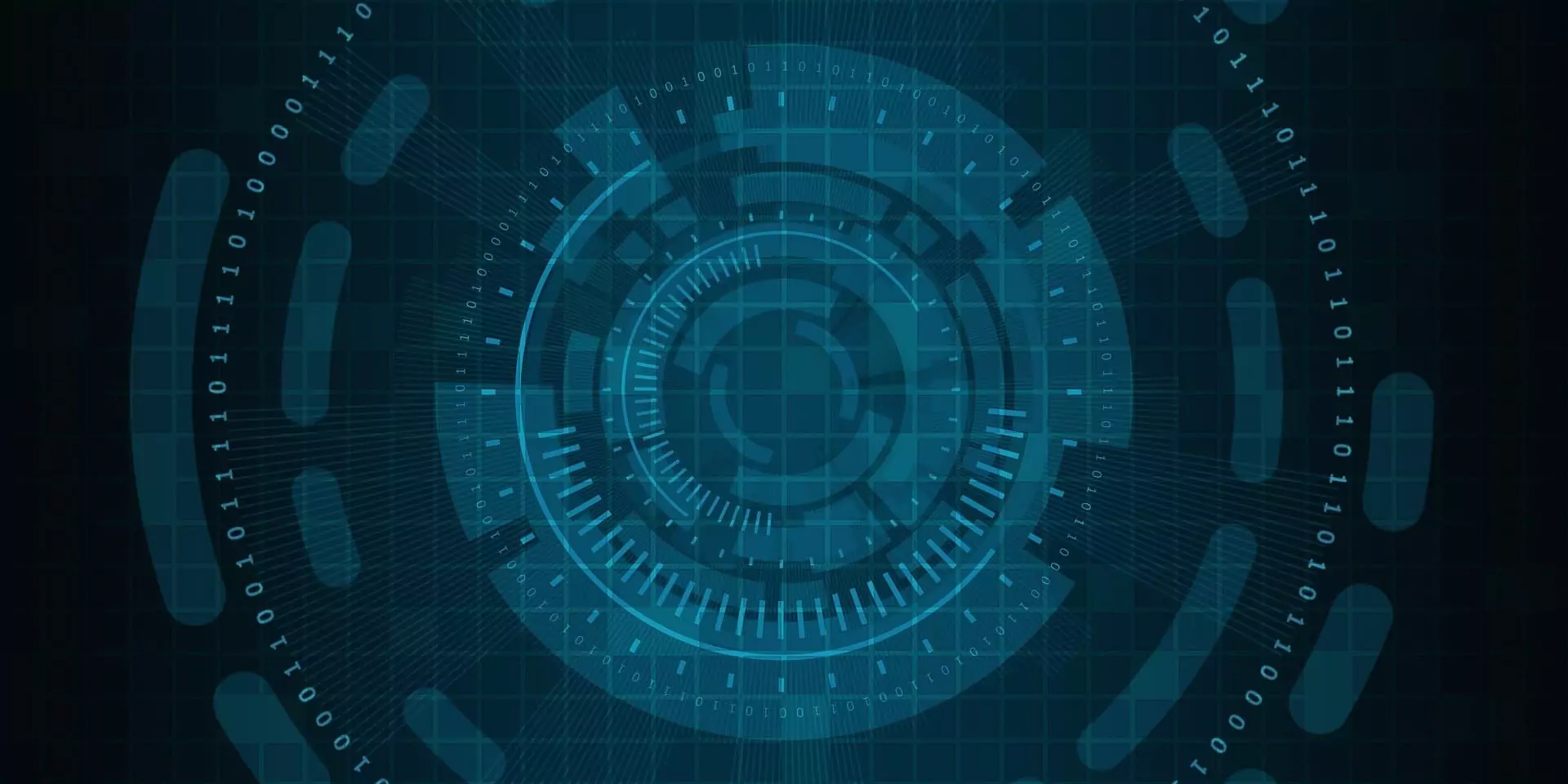You could accurately say that the police’s ultimate goal of keeping society safe is becoming both easier and more difficult at the same time, and this can be attributed to technology. Just as officers can now rely on sophisticated equipment that was completely unimaginable a couple of decades ago, new and more complex forms of crime are also emerging on a regular basis.
This is shaping a new era in law enforcement. But in order to understand what the future will bring, we must take a look at these four technology trends that, according to Deloitte, are already playing a determinant role:
1. Smart Sensors and the IOT
Having quick access to information is crucial for any investigation. Unfortunately, this is not always the case for officers who still have to rely on time-consuming conventional methods like searching for witnesses, relying on businesses’ CCTV records, etc. Fortunately, new surveillance technologies promise to get the job done in no time.
Internet of Things (IoT) devices such as smart sensors act as virtual partners capable of seeing, hearing, scanning, patrolling and even streaming everything that happens until officers show up at the scene. All the necessary information is compiled and ready to be analyzed, allowing officers to work more efficiently.
In 2019, data from a Fitbit smartwatch with IoT technology changed the course of the investigation of a woman’s murder by her husband four years eariler. Richard Dabate, the main suspect, claimed that intruders killed his wife in their home but no trace of any external visitor could be found. It then emerged that data from Connie Dabate’s Fitbit showed her walking around the house shortly after 10am, also posting three videos twenty minutes before. According to Mr. Debate’s description of the attack, his wife had been shot in the head at around 9am.
2. Augmented Reality (AR)

According to the FBI, augmented reality (AR) will play a crucial role in policing and public safety in the near future. Through the use of devices like AR glasses, police officers are able to receive real-time information on their surroundings, such as scalable 3D maps, facial and voice recognition matches on suspects, and data from chemical, biological and explosive sensors. Even real-time language translation is now possible.
AR has also already changed the way police officers are trained. Last year, the NYPD incorporated virtual reality (VR) to its training programs. Now, it’s possible to prepare officers for active shootings and other real-life scenarios that require a swift response. Companies such as SurviVR and Apex Officer stand out as some of the pioneers in the field of VR training.
Image source: https://www.pexels.com/photo/man-in-black-sweatshirt-with-vr-752724/
3. AI and Predictive Policing
Artificial Intelligence (AI) is transforming the way police departments carry out investigations; all the data from body cams, smart sensors, license plate readers, among other devices, is collected in order to be swiftly analyzed to allow crucial leads to be identified.
One of the best examples of AI in law enforcement is facial recognition technology, which has already been credited for being instrumental in solving several high profile cases of missing children. Back in May, Chinese police made global headlines after they were able to find their son, who had been abducted and sold to a childless couple over 30 years ago, thanks to this technology.
Facial recognition, however, has repeatedly sparked controversy ever since its inception; civil rights groups argue that its widespread use could jeopardize privacy and civil liberties, and could pave the way to a dystopian surveillance state. Their concern is that, whilst this technology can be highly beneficial in certain cases, namely finding missing children, the probability of it spiraling out of control is high.
Predictive policing is another form of AI that can be applied to law enforcement. It involves the analysis of huge amounts of data with the aim of predicting if an individual is likely to commit a crime based on risk factors such as their criminal record and employment situation. This technology has also received praise for several success stories, but again has faced criticism for its potential lack of transparency and accountability.
4. New modes of community involvement

In the current age of technology, police departments can reach out to their communities through a series of mobile apps where people can find reliable safety advice, report minor issues or seek assistance if needed. Moreover, they offer the possibility of determining which cases require immediate action by the police.
Departments have also increased their social media presence with the aim of building a closer relationship with their communitie. The NYPD, for example, now has more than 690,000 followers on Twitter and 844,000 on Facebook, while the LAPD has almost 200,000 on Twitter and 175,000 on Facebook.
On police social media, important information such as news of ongoing investigations and weather or public emergency alerts are often posted by departments. Citizens can also report criminal activity through social media or provide law enforcement with real-time information until officers arrive at the scene.
An exciting future ahead
Technology dominates nearly every aspect of contemporary life. And while proactive community policing will always remain as the basis of law enforcement, the unavoidable transition to a future of ‘smart policing’ is well underway. Many of these technologies are still in the process of being fully developed, but their potential benefits have already been proven.

